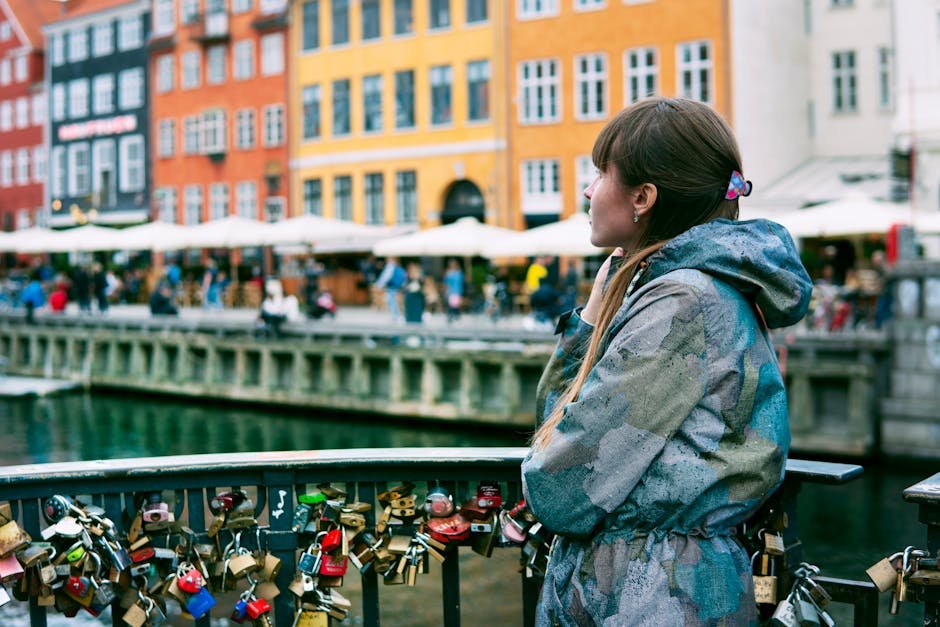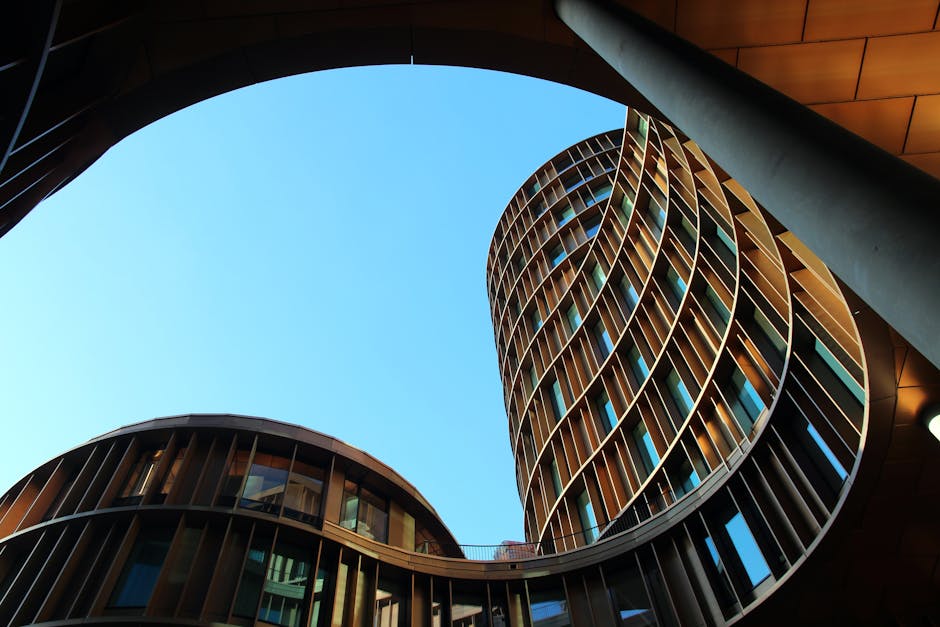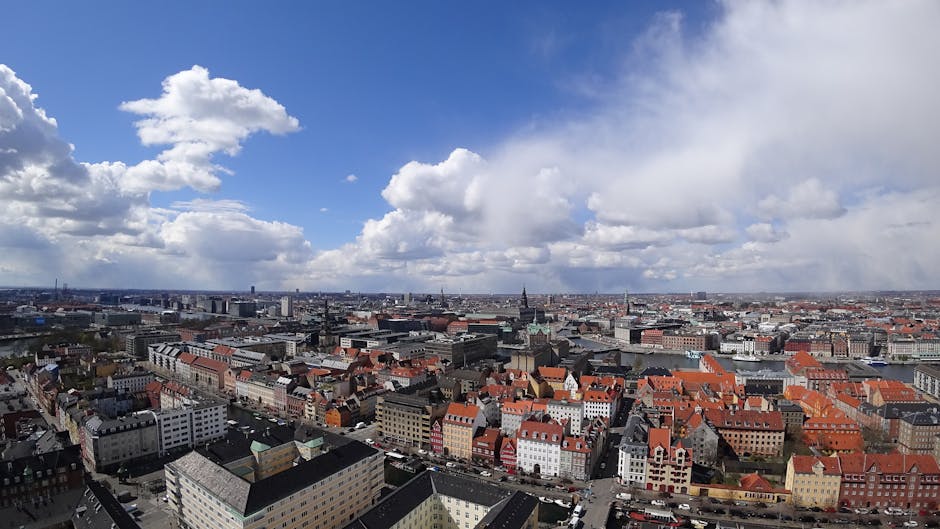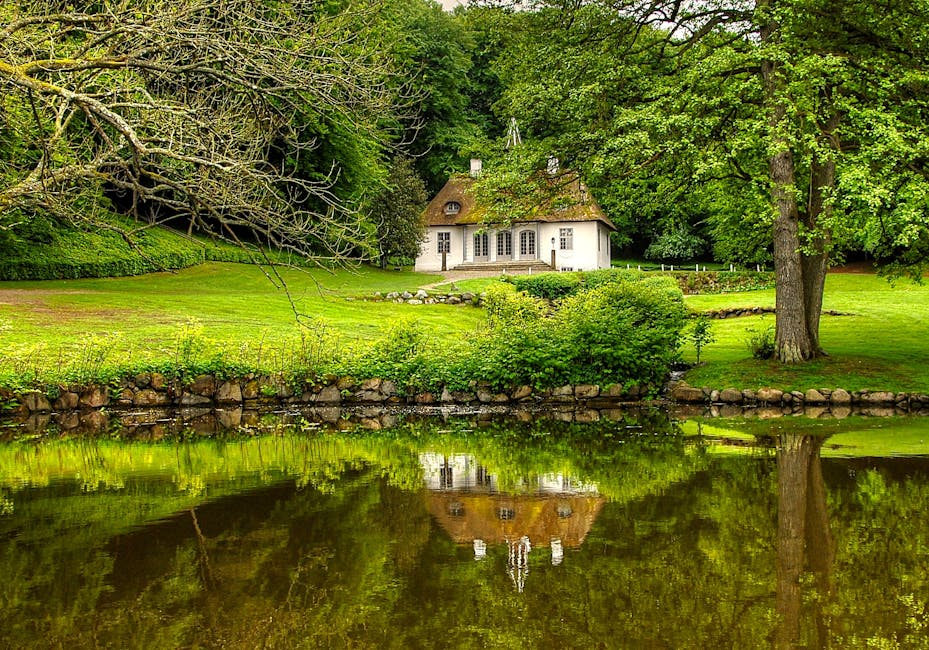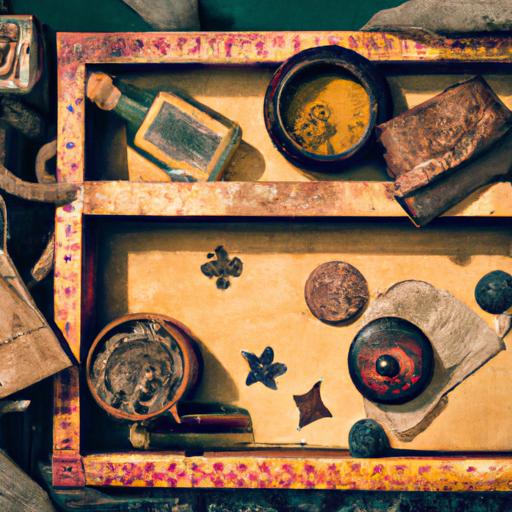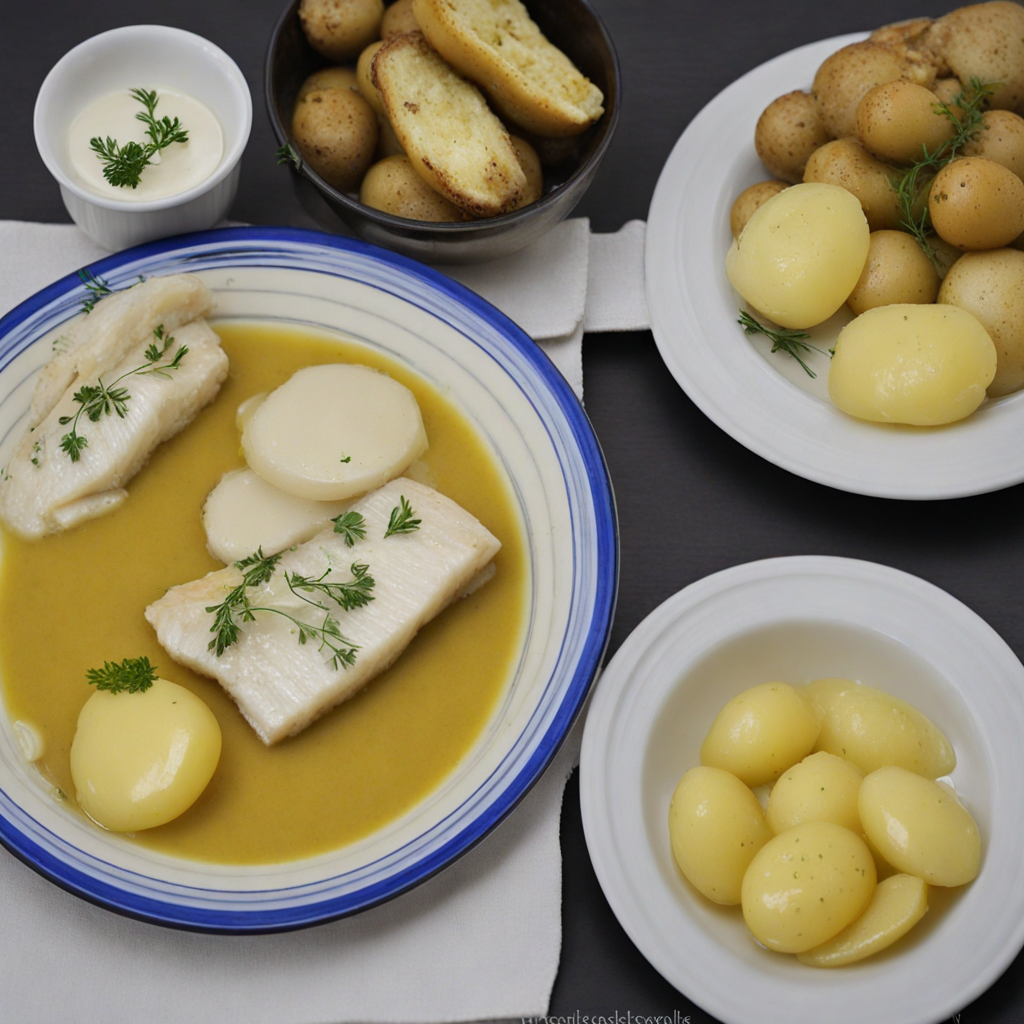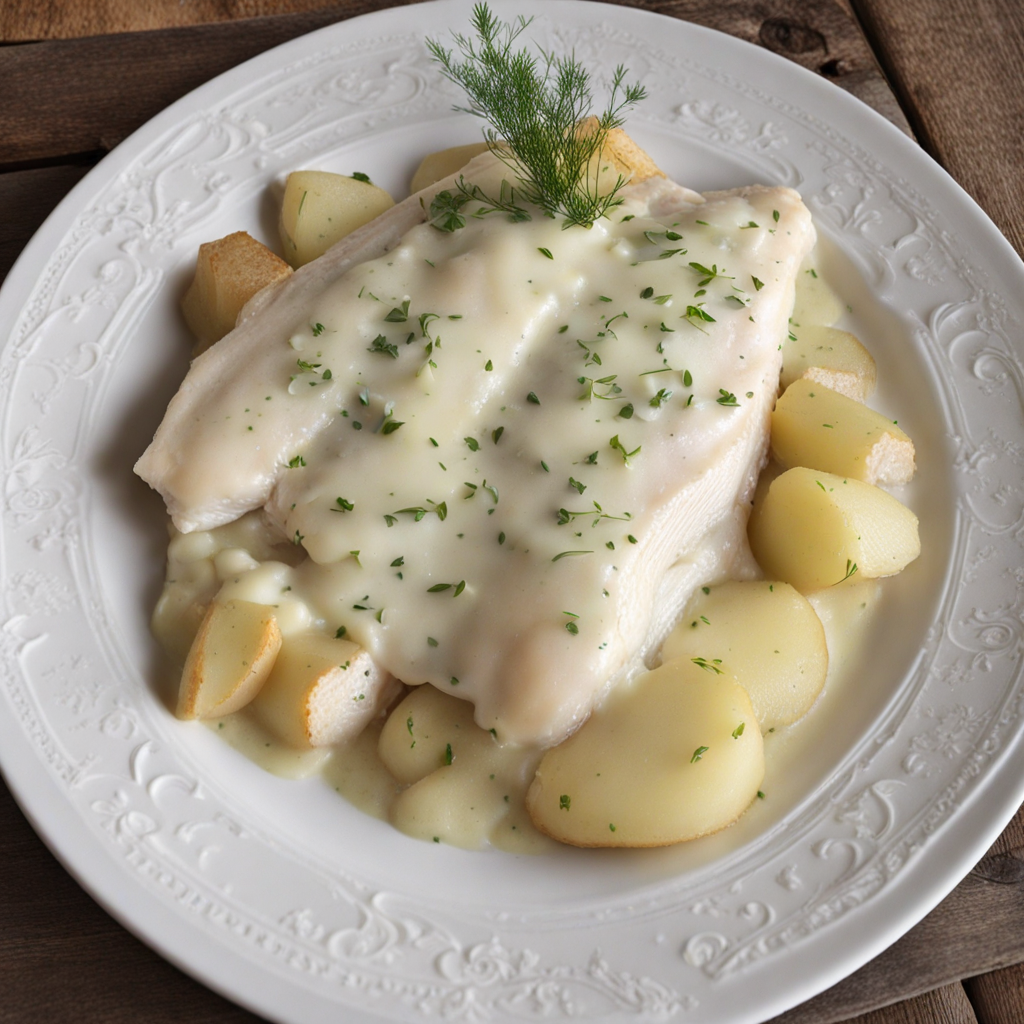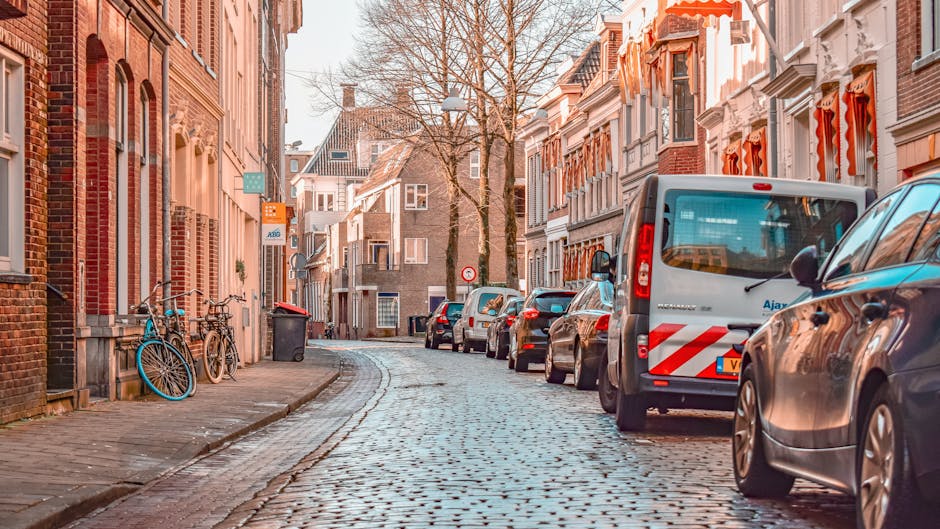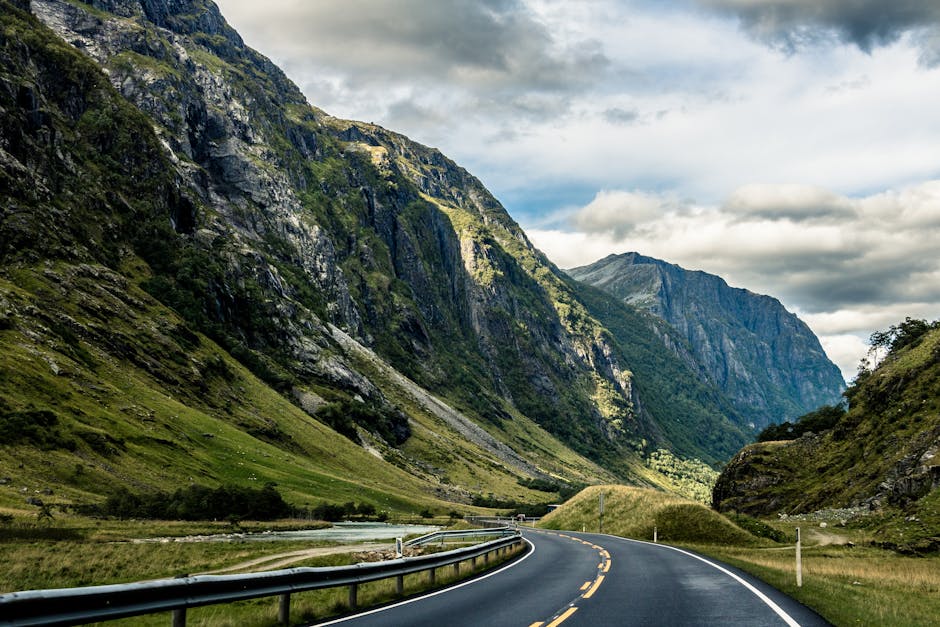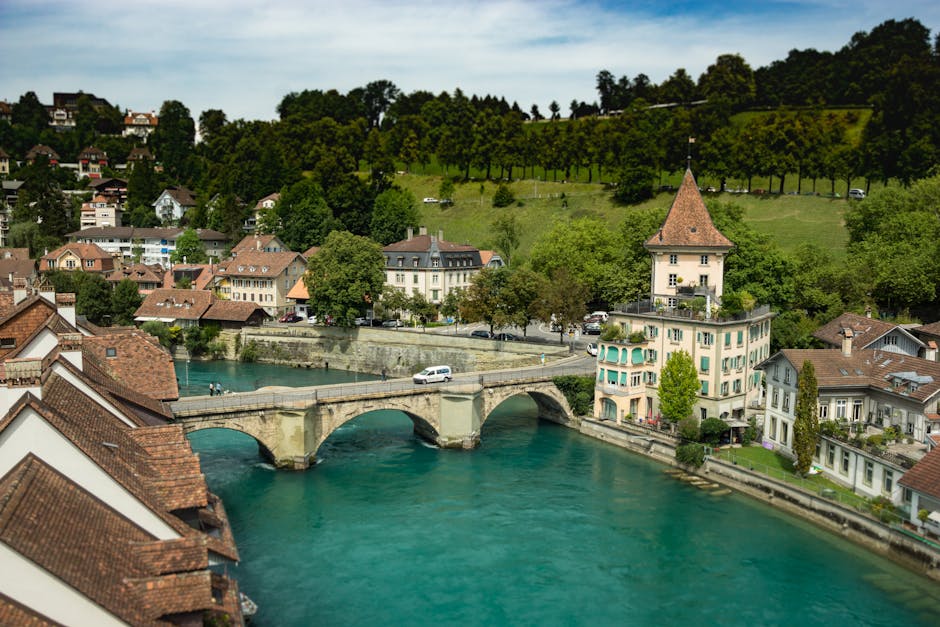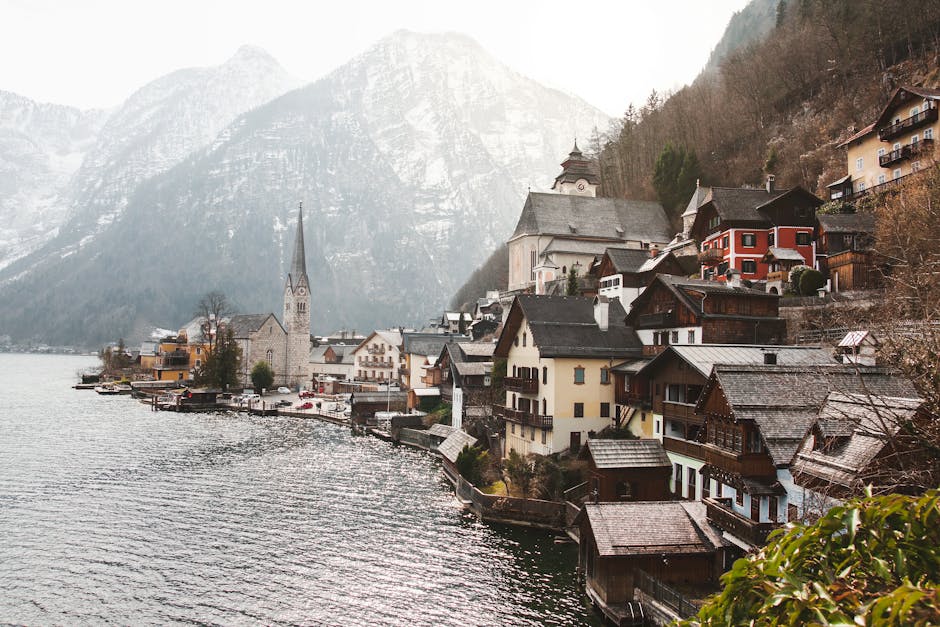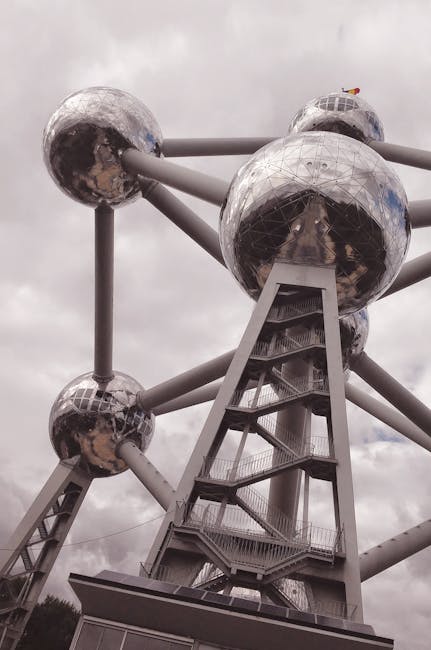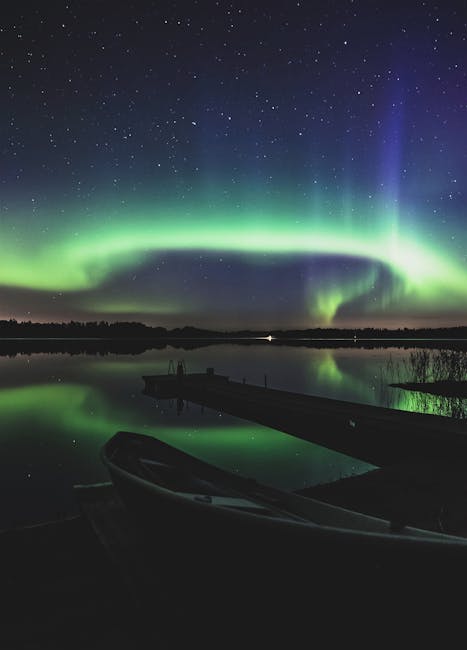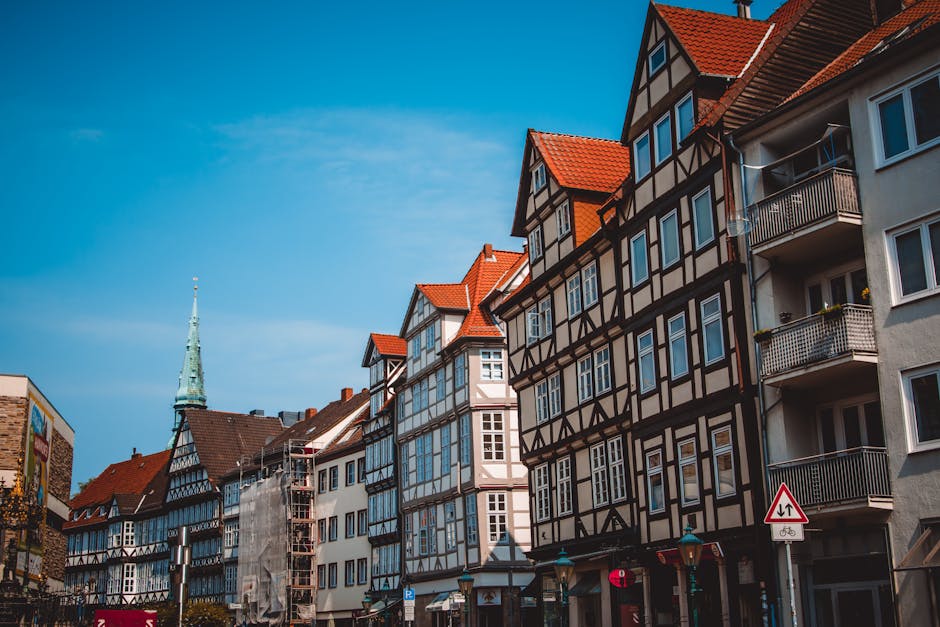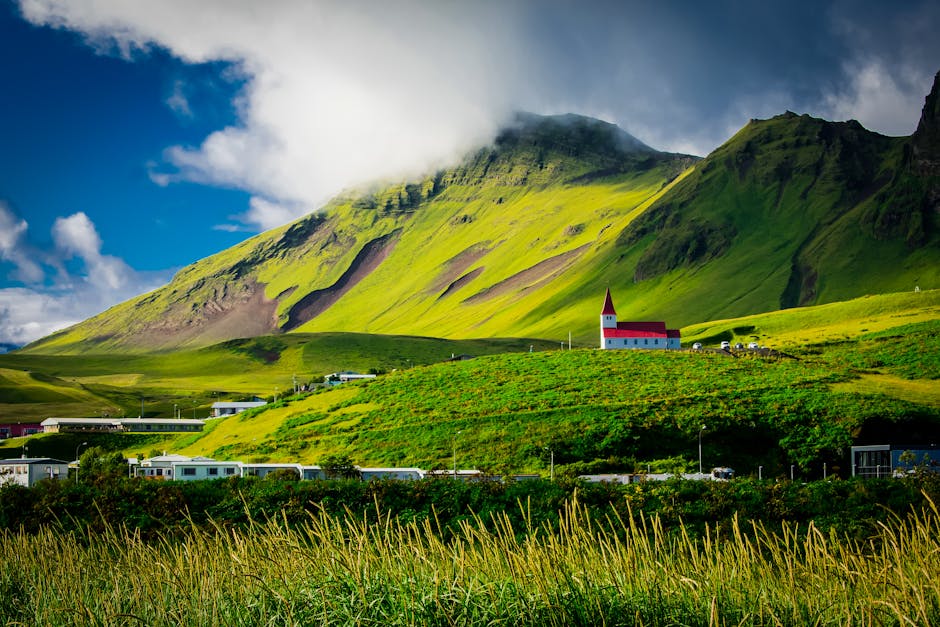Denmark
Overview
Denmark, a Scandinavian country in Northern Europe, is known for its rich history, diverse culture, and unique lifestyle. This country is a blend of old and new, where medieval buildings stand side by side with modern architecture. Denmark is also renowned for its commitment to sustainability, consistently ranking as one of the world's most environmentally friendly countries. The Danish people, known for their friendliness and hospitality, have a unique concept of "hygge", which roughly translates to "coziness", encapsulating the idea of enjoying life's simple pleasures. This culture, together with the country's beautiful landscapes, makes Denmark a unique destination for travelers.
The high season for tourism in Denmark is during the summer, from June to August. During these months, the weather is warmest, averaging around 20°C (68°F), making it perfect for outdoor activities. This is the best time to visit attractions such as the iconic Little Mermaid statue, the Tivoli Gardens amusement park in Copenhagen, or exploring the beautiful coasts and beaches. Additionally, many music and cultural festivals like the Roskilde Festival are held in the summer, offering a chance to experience the vibrant local scene.
Before visiting Denmark, it's essential to prepare adequately. Ensure your passport is valid for at least six months beyond your planned departure date. While Denmark is a part of the Schengen agreement, do check the visa requirements depending on your country of origin. The local currency is the Danish krone, and while credit cards are widely accepted, it's handy to have some cash for smaller establishments. Lastly, don't forget to pack according to the season. While summers are warm, Danish weather can be unpredictable, so it's recommended to pack layers and rain gear, particularly if you plan to spend time outdoors. Be sure to carry a good quality travel adapter as Denmark uses Type E and K plugs.
A Glimpse into the Past
Denmark’s history is rich and varied, reflecting its evolution from a collection of tribal societies to a modern welfare state. The roots of Danish history trace back to the early Viking Age, around the late 8th century, when the seafaring Norsemen began their expeditions across Europe. The Viking Age is a significant period that saw Denmark emerge on the international stage as a formidable maritime power.
The Vikings were not just fierce warriors but also skilled traders and explorers. They established trade routes that connected Denmark with places as far away as Constantinople and the Middle East. Key archaeological sites like Jelling Stones in Jelling are monumental reminders of this era, featuring runestones that commemorate King Gorm the Old and his wife, Queen Thyra. This UNESCO World Heritage site symbolizes the transition from paganism to Christianity and marks the unification of Denmark under a centralized monarchy.
As the Viking Age waned, Denmark transitioned into a Christian kingdom in the 10th century, with King Harald Bluetooth being a pivotal figure in this transformation. His reign marked Denmark’s emergence as a cohesive nation-state, which culminated in the establishment of the Danish monarchy. The medieval period saw the consolidation of power by the monarchy, with Roskilde Cathedral serving as a royal burial site for many Danish kings and queens.
By the late Middle Ages, Denmark became a significant player in the political landscape of Northern Europe. The Kalmar Union, formed in 1397, united Denmark, Norway, and Sweden under a single monarch, Queen Margaret I. However, this union was fraught with tensions and conflicts, particularly with Sweden, leading to its eventual dissolution in the early 16th century. The Rosenborg Castle in Copenhagen, where many royal artifacts are housed, offers insight into this royal legacy and the opulence of the Danish crown.
The Protestant Reformation in the 16th century had profound effects on Denmark. In 1536, King Christian III established Lutheranism as the state religion, leading to the dissolution of monasteries and the establishment of a church that was closely aligned with the monarchy. This period marked the beginning of Denmark's transition into a more modern state, with increasing centralization of power and the rise of a bureaucratic administration.
The 17th century was a time of military ambition and territorial expansion for Denmark, particularly under King Christian IV. However, the ambitious wars led to significant losses, including the disastrous Great Northern War in the early 18th century. The aftermath of these conflicts saw Denmark's borders shrink and placed a strain on the economy. Visitors can explore Frederiksborg Castle, a magnificent Renaissance palace that reflects the grandeur of Christian IV's reign.
The 19th century brought about significant political and social changes, culminating in the 1849 Constitution, which established Denmark as a constitutional monarchy. This period also saw the rise of nationalism, which played a crucial role in shaping Danish identity. The National Museum of Denmark in Copenhagen showcases the evolution of Danish culture, including art, Viking history, and the development of the nation-state.
Denmark’s colonial ambitions led to the establishment of territories in the Americas, the Caribbean, and Greenland. The most notable of these was the Danish West Indies, which included islands like Saint Thomas, Saint John, and Saint Croix. The impact of colonialism can still be seen today, and visitors can explore the Danish West India Company Warehouse in Copenhagen, which preserves the memory of this colonial past.
The early 20th century brought about further changes, including the loss of Schleswig and Holstein in the Second Schleswig War (1864) to Prussia, which became a turning point in Danish national consciousness. The loss was painful, yet it also spurred a period of introspection and modernization within Denmark. The Danish National Gallery and other cultural institutions reflect the artistic and intellectual flourishing of this time.
World War II had a significant impact on Denmark, as the country was occupied by Nazi Germany from 1940 to 1945. The Danish resistance movement played a crucial role during this period, with many citizens risking their lives to protect Jews and oppose the occupiers. The Danish Jewish Museum in Copenhagen commemorates this dark chapter in history and serves as a reminder of resilience and courage.
Post-war Denmark saw rapid reconstruction and the establishment of a welfare state, characterized by a strong emphasis on social safety nets and equality. The modern Danish model, often referred to as the "Nordic model," prioritizes high levels of taxation, extensive social services, and a commitment to universal healthcare and education. This transformation is evident in contemporary Danish society, where quality of life and social cohesion are prioritized.
Copenhagen, the capital, is a vibrant city that embodies Denmark’s historical richness and modernity. Visitors can explore the iconic Tivoli Gardens, one of the world’s oldest amusement parks, founded in 1843, which remains a beloved attraction. The Little Mermaid statue, inspired by Hans Christian Andersen’s fairy tale, is another iconic symbol of the city that reflects Denmark’s literary heritage.
A visit to Aarhus, Denmark's second-largest city, offers insights into the nation’s contemporary culture and innovation. The ARoS Aarhus Art Museum, with its striking rainbow panorama walkway, showcases modern art and creativity. Additionally, the Old Town Museum provides a fascinating glimpse into Danish urban life through the ages.
Denmark's rich history extends to its rural landscapes as well. The Moesgård Museum near Aarhus features impressive archaeological finds, including the well-preserved Grauballe Man, a bog body from the Iron Age. This site, along with the ancient burial mounds found throughout the countryside, connects visitors to Denmark's prehistoric roots.
As we explore Denmark, it is impossible to ignore the significance of its Viking heritage, which continues to influence modern culture and tourism. Sites such as Hedeby, once a key trading post, and the Viking Ship Museum in Roskilde, where visitors can see original Viking ships, provide engaging insights into this remarkable era.
In conclusion, Denmark’s history is a tapestry woven from Viking exploits, medieval power struggles, colonial ventures, and modern social reforms. Each landmark and museum tells a part of this story, inviting travelers to delve into the past while experiencing the vibrant culture of contemporary Denmark. With its seamless blend of history and modernity, Denmark stands as a testament to resilience, innovation, and a commitment to community.
Top cities for tourists in Denmark
Discover the Famous Cities That Might Captivate Your Interests
Must-Try Foods You Can't Afford to Miss
Indulge in a Variety of Fantastic Foods During Your Stay in Denmark
May Be Your Next Destinations
People often choose these countries as their next destination


